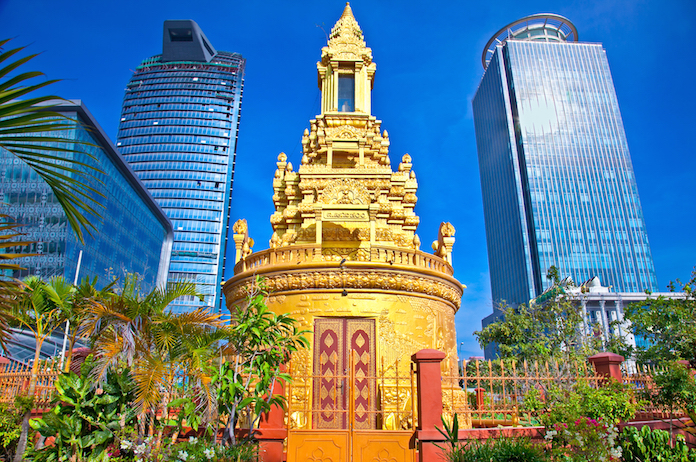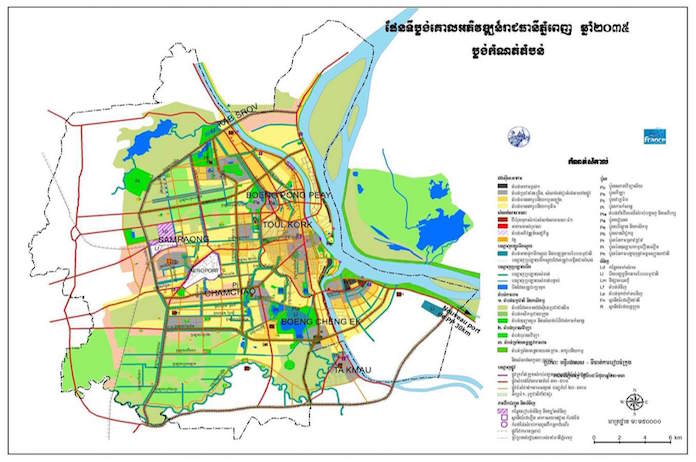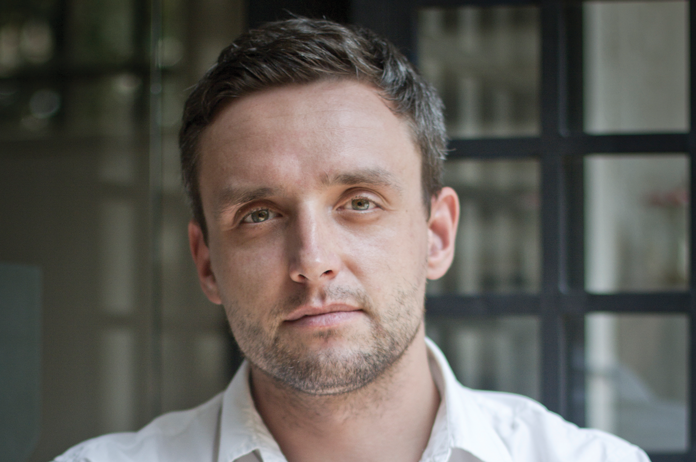Phnom Penh’s 2035 Master Plan

The capital’s new master plan has been raising eyebrows ever since it was approved by the Council of Ministers in December 2015. Back then, Phnom Penh Governor Pa Socheatvong said the document aims at developing major infrastructure, improving the drainage system, increasing the number of green zones and conserving municipal heritage.
Originally a 330-page document funded by the French Embassy titled Livre Blanc, the paper was approved eight years after its submission, and summarised into a 35-page document in Khmer that was made available to the public at the end of last year. Original criticism of the master plan centred around the way it had been drafted, with the private sector and other stakeholders complaining for not having been consulted. However, now the issue seems to be its implementation, with experts wondering whether the master plan was even meant to be implemented, or “exists merely for formality's sake”, as it was suggested in a recent article in the Phnom Penh Post.

A one-page map containing zoning indications and building height regulations that Socheatvong posted on his facebook profile in February Despite these waves of criticism, the new document has been welcomed by a number of the city’s leading construction and architecture professionals. Hun Chansan—Design Director at Re-Edge Architecture—, for example, welcomes the effort to draft a new master plan for the city. “With the new plan the government is showing the private sector and the public that they are serious about making this city work,” he says. He also believes that as a result of having a new master plan, we should see more projects of public infrastructure, affordable housing, urban parks and other recreational and cultural projects.
What is the perfect city?
With details about the master plan still scant, there has been much speculation about what the plan entails, and also about the issues a master plan for Phnom Penh should tackle. We’ve taken the opportunity to ask some of the leading architects in the city about the areas that an ideal blueprint for the city should cover. Re-Edge’s Chansan believes the master plan should pay special attention to the development of the riverfront. “It should be developed as a cultural centre and an urban park,” says Chansan. “The plan should preserve historical buildings and raise new artistic architecture, such as contemporary museums, concert halls and new parks to allow dwellers to experience the modern Phnom Penh.” The plan should also aim to diversify activities in areas like like Toul Tom Poung and Boeung Keng Kang 1, “providing modern architecture and giving tourist and locals more options to go about their daily life”. Chansan would also like to see the master plan tackle “gateway developments” on major national roads leading into the city.
According to him, “these highrises work as the gateway and the boundary between the city and its precincts.” Satellite cities and borey developments should also be covered by the master plan, as they “should be more diversified and should accommodate all functions of life with minimal necessity of driving into the city daily.” Finally, Chansan believes priority should be given to creating more parking structures at selected city centres to free sidewalks from cars, and expanding roads—on selected areas— to include trees, bicycle lanes and shoulders for emergency stopping. For Pawel Siudecki, Architect & Design Director at The Room Design Studio, Phnom Penh is a dynamic city, and its master plan should reflect this whilst being adaptable to the changing needs of an evolving city. He believes the priority areas should be infrastructure and green spaces.

Infrastructure and green spaces are key for a successful master plan of Phnom Penh, says The Room's Pawel Siudecki “Phnom Penh, like many developing cities, is facing major infrastructure issues, including public transport, roadways, drainage, power distribution and communication systems, to name but a few. Infrastructure is key to a successful plan.” “In addition to these, there is a significant lack of green spaces within the city. This, in conjunction with a reduction in the number of mature trees, is reducing the city’s ability to “breathe”’, he says. Siudecki believes these issues should be addressed as one while preparing the plan. “The plan should also be discussed with public consultations and should be available to everyone, not the select few,” he concludes.